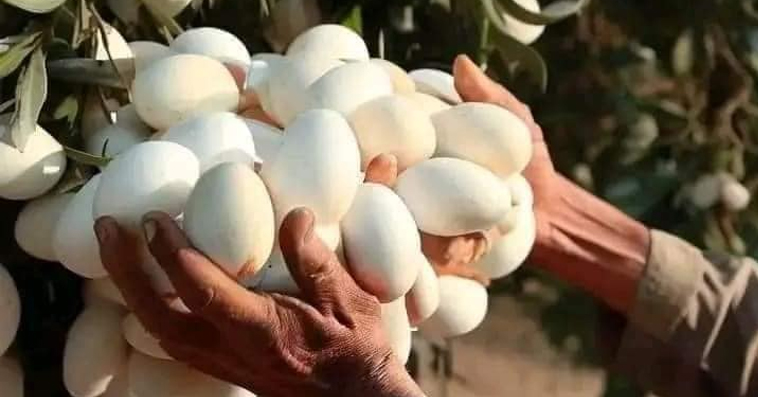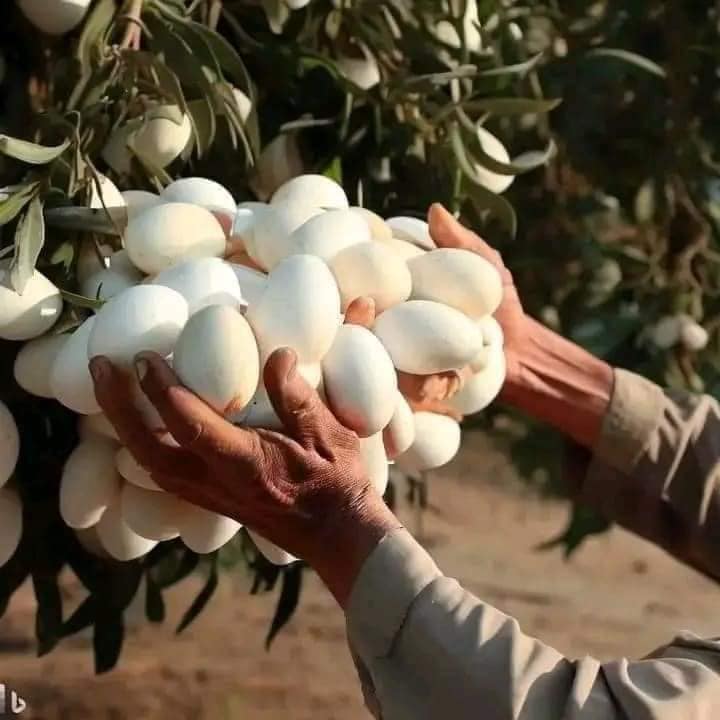If you ever wondered how the eggplant got its name, this is the story behind this unique plant.
Well, we are very well aware that the long, purple crop goes well in a number of dishes. Whether it’s simply stir fried or used in salads or in more complex and traditional dishes such as baba ghanoush or ratatouille, the eggplant is in fact not a vegetable but a fruit. Yet, in a culinary sense, it is considered a vegetable.
Eggplants come in different forms and colors, way more unusual than the ones we are used to. In fact, eggplants come in shades of white, green, red, and black.
The name comes from their resemblance with eggs while they grow. Just like in the photo below posted by a Reddit user who made many go ‘aah’ when they saw the post.
In Britain, as well as some parts of Europe, the eggplant is called by its French name, aubergine.
When raw, eggplants have almost spongy texture and are quite bitter, that is why they are mostly consumed cooked and go well in plenty of dishes. They can be grilled, roasted, sautéed, fried, or baked, and are particularly well-suited to dishes that feature light sauces or delicate flavors which makes it a versatile and widely used plant.
There are differences between the white and purple eggplants. For one, the peel of the white eggplant is a bit thicker so its recommended to peel it off before cooking it, while that of the purple one is thinner and can be eaten.
While purple eggplants can be found almost everywhere, that’s not true for the white ones which are mostly found in specialty markets or through online seed catalogs for home gardeners.
Eggplants were first mentioned in 544 in a Chinese book on agriculture and have been considered a mysterious plant for many years. Allegedly, it was the European farmers who came up with the name back in the 1700’s because they resembled goose and duck eggs.
One thing is certain, eggplants are a true delicacy.
Please SHARE this article with your family and friends on Facebook.
Credit: https://heroes.viraltop23.com/2023/08/12/a-surprising-history-behind-this-unique-plant/




